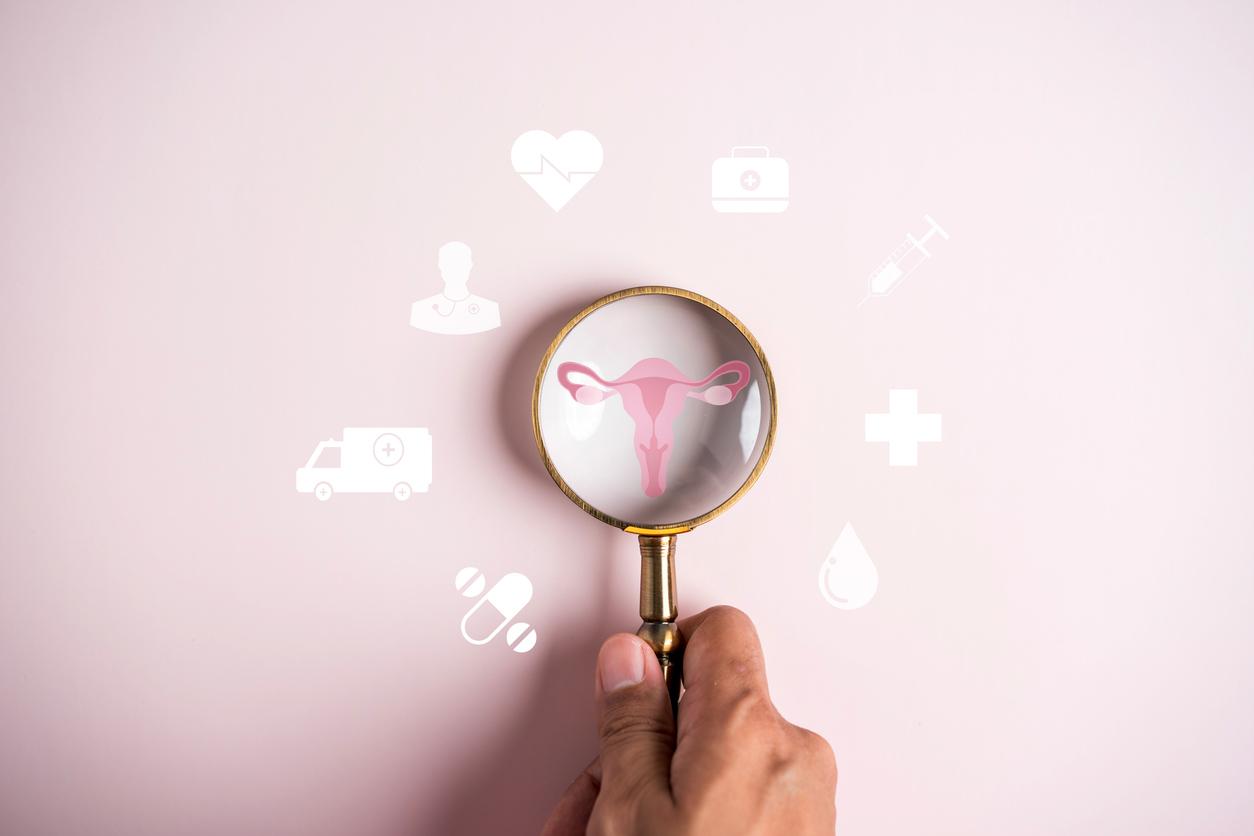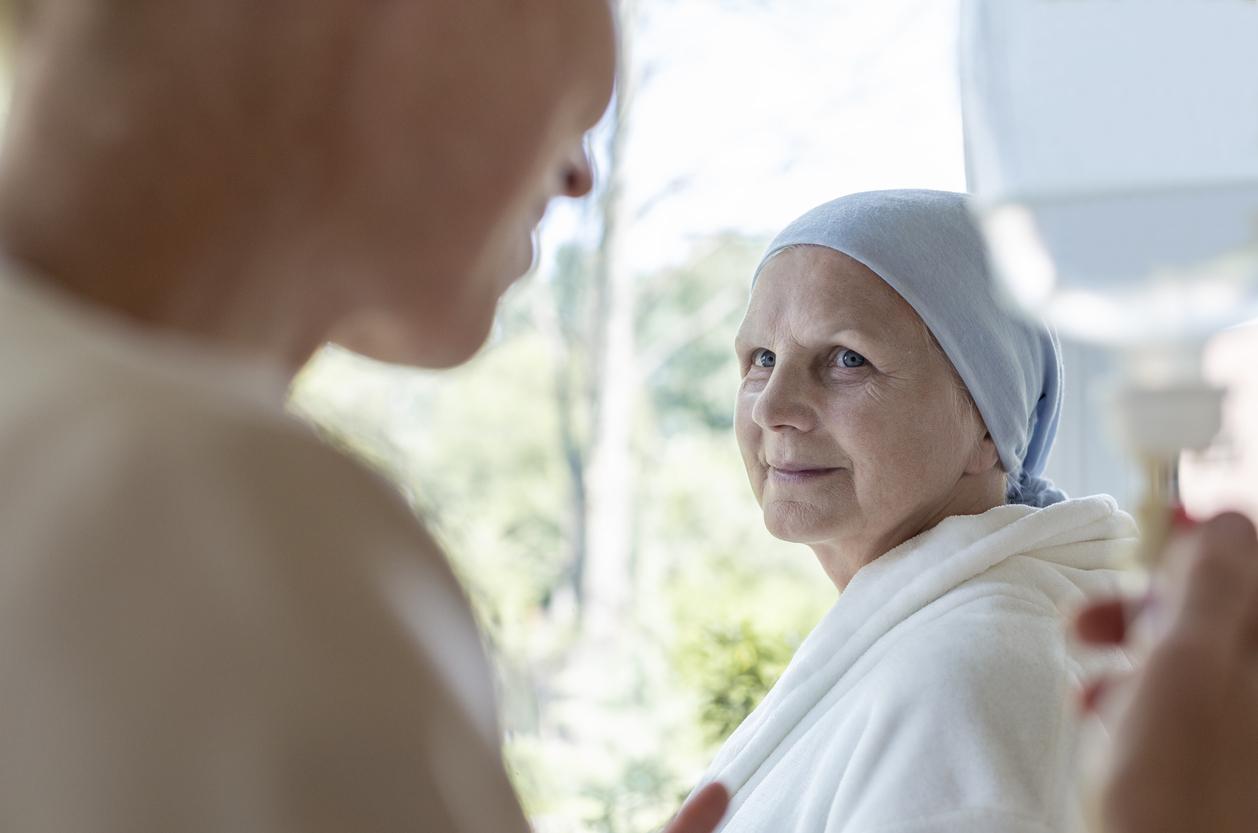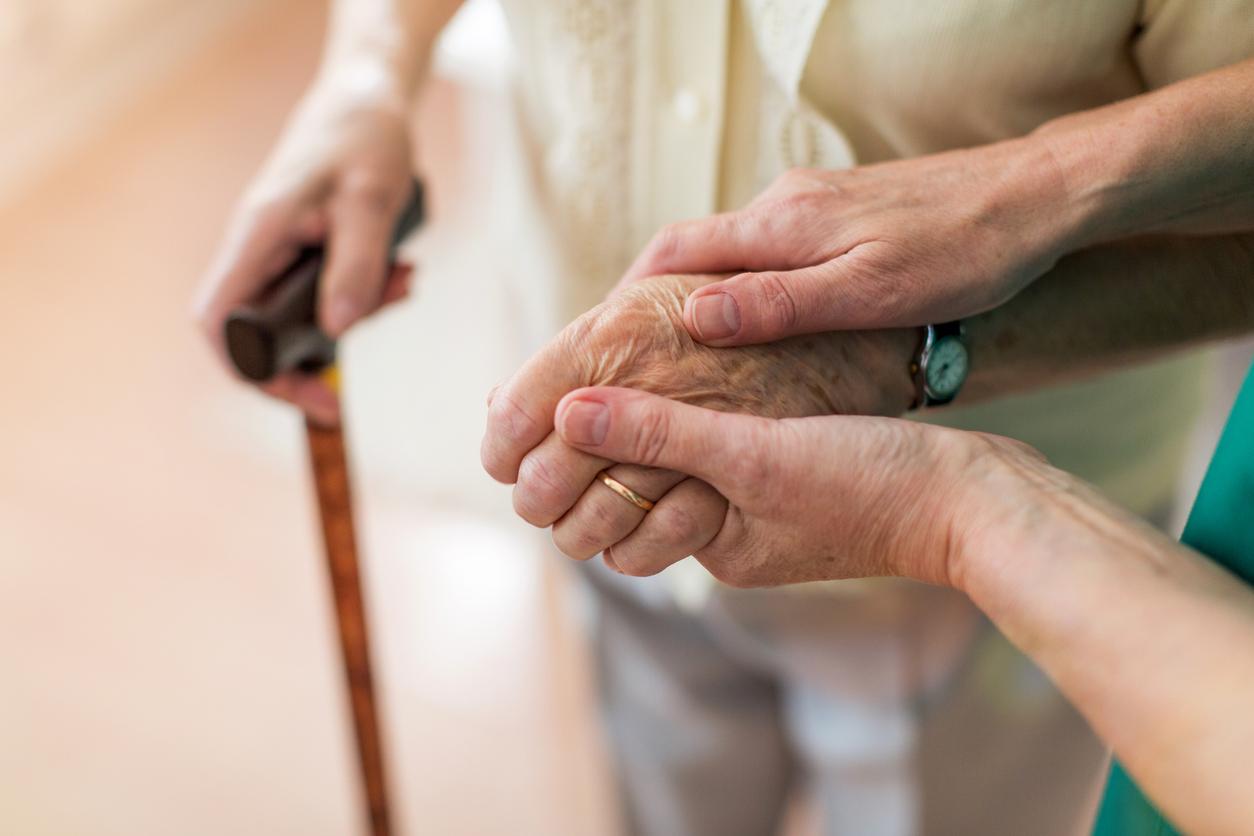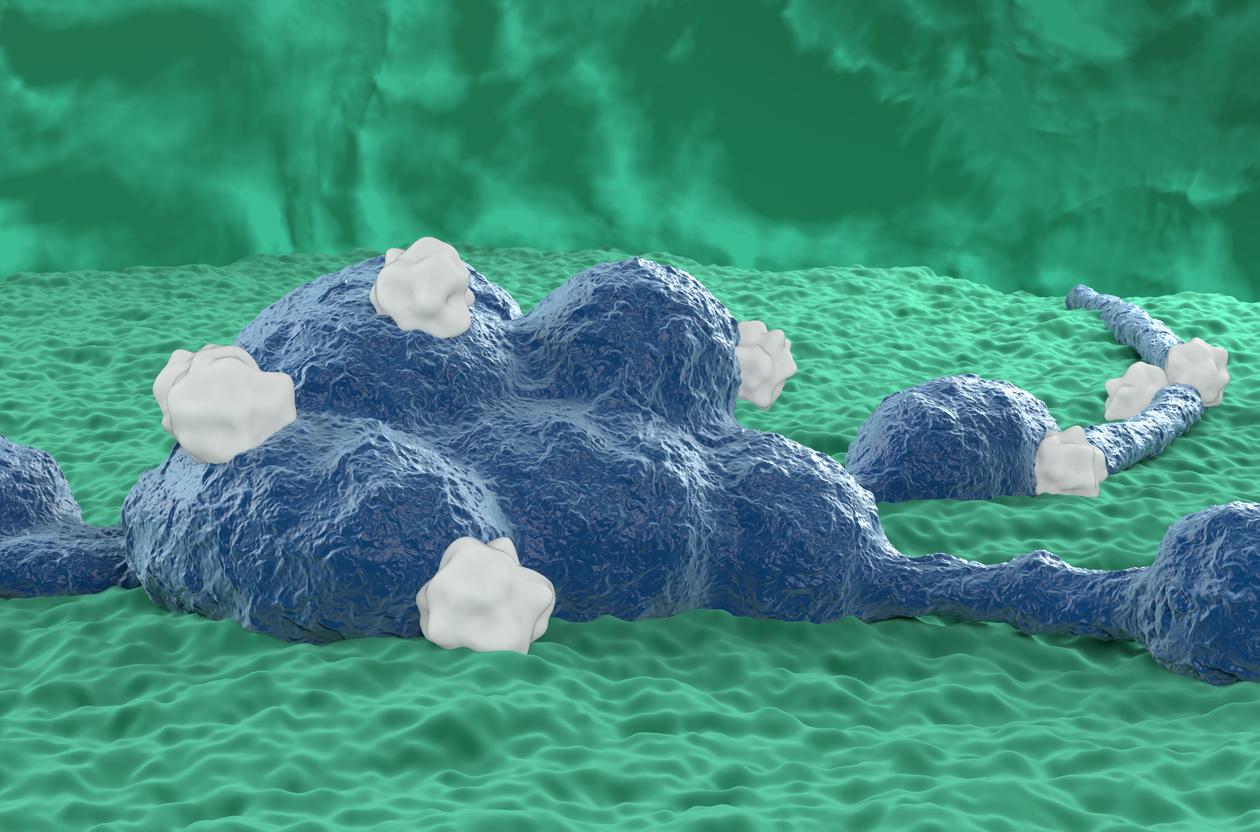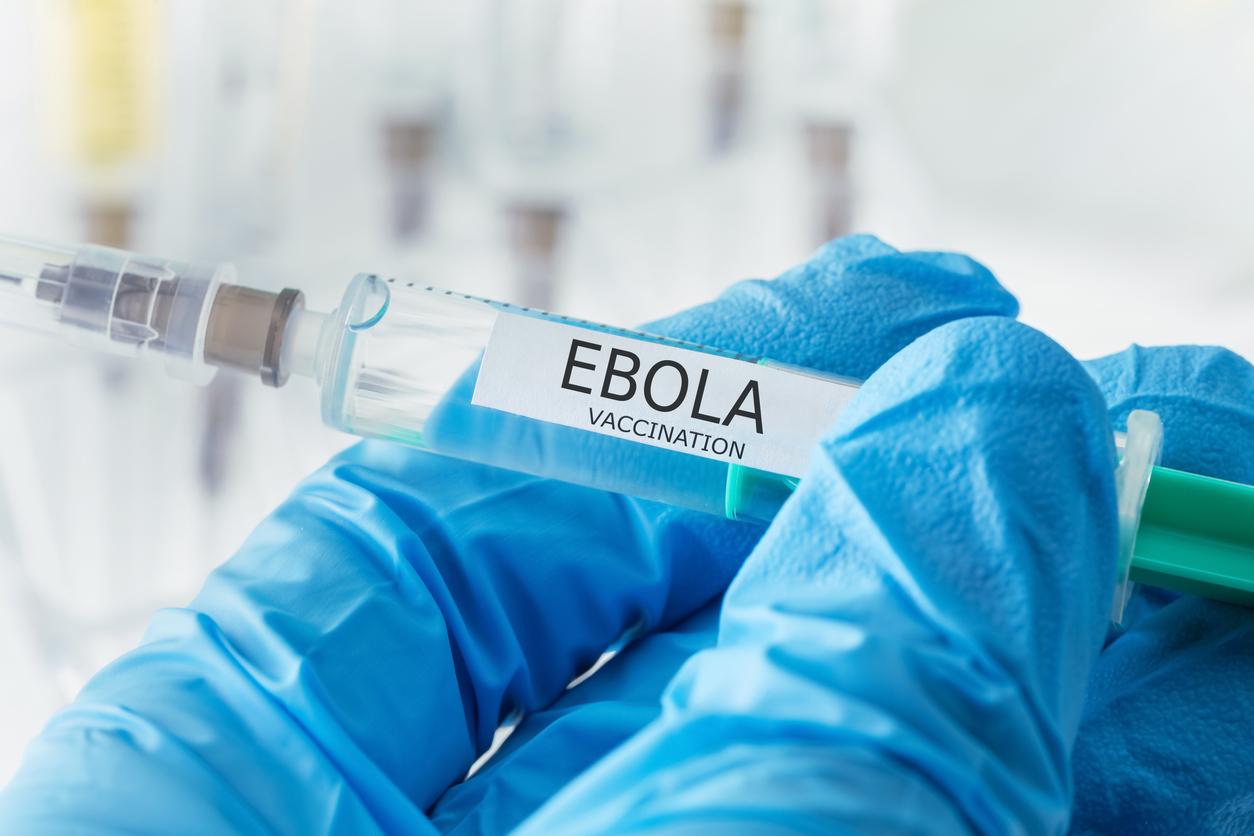A team of chemists has developed an ultra-fast method for synthesizing giant branched molecules. Maybe a giant molecule against the Ebola virus.

A giant molecule against the Ebola virus? This is the question posed this Wednesday by the CNRS (1) in a Press release. An international team of chemists (2) has just developed an ultra-fast method for synthesizing giant branched molecules, endowed with antiviral activity. These “mega-molecules” very effectively inhibited the entry of the Ebola virus into cultured cells. Unpublished work published on November 9 in the journal Nature Chemistry.
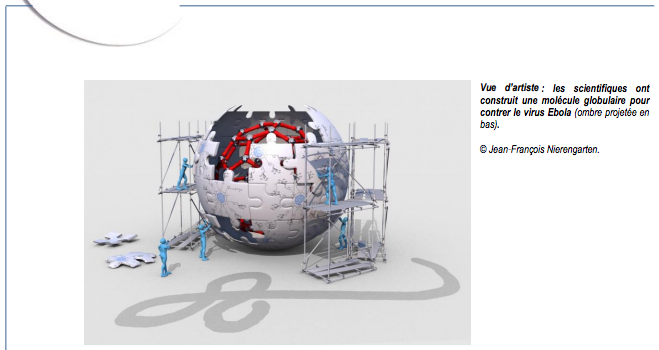
Source: CNRS
33% higher antiviral activity
The ability of these mega-molecules to inhibit the entry of the Ebola virus has been tested in vitro. These compounds are soluble in water and exhibit no toxicity to cells in culture. Their antiviral activity was “remarkable”, according to the study’s authors. In figures, it was 33% higher than that of conventional antivirals.
The CNRS explains that “this efficiency is due to the large number of peripheral sugars in the molecule which binds strongly to the” DC-SIGN “receptor, used as a gateway by the virus (up to 120)”. “A model molecule with only 12 is around 1,000 times less active and a molecule with only one sugar 100,000 times less”, adds the Center.
A track under study for other viruses (AIDS, dengue)
Beyond the Ebola virus, these scientists note that other pathogens (such as the AIDS virus and the dengue fever) also use the “DC-SIGN” receptor as a gateway into cells. This therefore opens the field of possible applications for these mega-molecules. “However, before molecules built on this principle may be found on the market, there are still many stages of development and in vivo tests”, tempers the team of researchers.
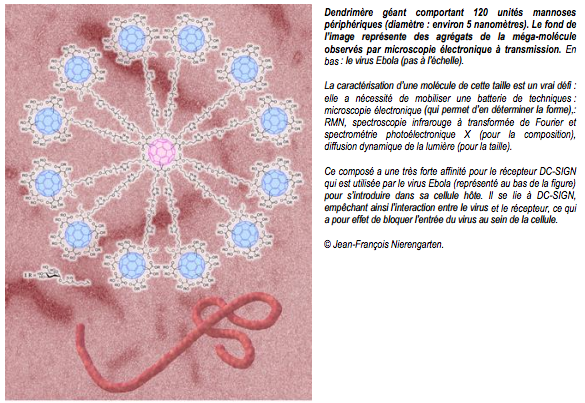
Source: CNRS
As a reminder, the Ebola epidemic which is currently raging in West Africa is the most serious since the identification of the virus in 1976. It has caused around 11,300 deaths since the end of 2013 for around 27,500 people infected in the Sierra. Leone, Liberia and Guinea-Conakry. Liberia was declared contagion-free in early September and Sierra Leone is expected to be declared contamination-free on Saturday, November 14 after 42 days without a new case.
(1 CeNational Center for Scientific Research
(2) This work was carried out by chemists from the CNRS and the University of Strasbourg, in collaboration with Belgian and Spanish colleagues.
.







